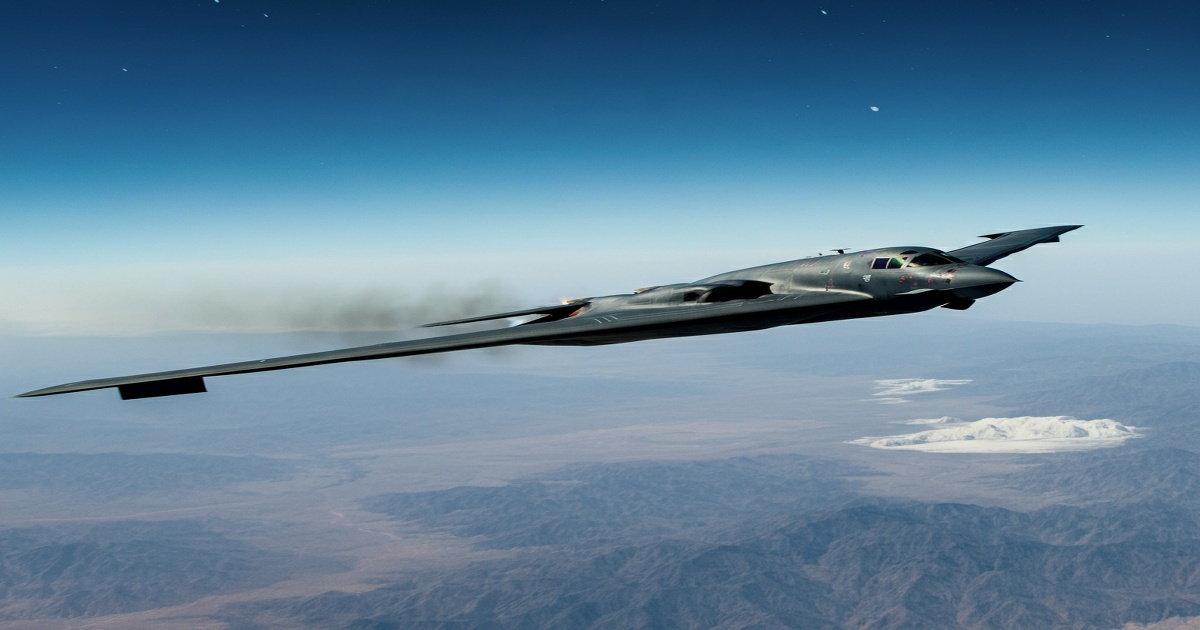The recent airstrike by the United States on nuclear sites nestled in the mountains of north-central Iran was described as a meticulously planned and stealthy operation. Utilizing B-2 stealth bombers launched from Whiteman Air Force Base in Missouri, the U.S. military executed a diversion, drawing attention away from planes heading west while a separate squadron headed eastward. This complex mission was supported by additional fighter jets, mid-air refuelling tankers, and a submarine that launched Tomahawk cruise missiles in the Arabian Sea, allowing for the deployment of seven B-2s dropping 13-tonne bunker-buster bombs for the first time in combat history.
The Pentagon shared details of the operation, dubbed "Midnight Hammer," characterizing it as the largest utilization of B-2 bombers in the aircraft's history that spans over three decades. The B-2 bomber, initially a closely monitored project by the U.S. Department of Defense in the 1970s, was designed to evade detection from enemy radar. With the development of Tacit Blue by military contractor Northrop, the path was laid for the creation of the B-2 Spirit, a game-changing aircraft capable of remaining undetected during missions.
The B-2 boasts impressive specifications, extending 69 feet in length, 17 feet in height, and with a wingspan half the length of a football field. Its stealth features allow it to evade radar detection effectively, making it a crucial component in U.S. strategic military plans. The design’s aerodynamic characteristics enable radar waves to reflect away from the aircraft instead of bouncing back, which is common with conventional planes. Additionally, its tactical flexibility allows the bomber to strike various targets while remaining on standby for hours, making it capable of deep penetration missions against fortified locations.
Despite advancements in global military technology, the B-2's design remains relevant in modern warfare environments, especially against older radar systems still used by nations including Iran, Russia, and China. Over the years, the aircraft has undergone numerous upgrades to its systems, ensuring its effectiveness in current combat scenarios. The B-2 has seen combat in several conflicts, with its most recent mission illustrating the bomber's unique capabilities that would take significant time for conventional forces to replicate.
With a fleet originally planned to comprise 132 B-2s, only 21 were constructed, and currently just 19 remain operational. The cost of acquiring these advanced bombers is substantial, estimated at approximately $44.8 billion, or around $2 billion per unit, a figure deemed justified by experts given the efficiency and effectiveness these bombers bring to high-stakes missions. With its distinct design and silent operation, the B-2 offers an aircraft experience reminiscent of something from science fiction, underscoring its role as an indispensable asset in the U.S. military's arsenal.







5 Comments
Fuerza
This mission required lots of preparation. Well done, military!
Manolo Noriega
Impressive display of military capabilities. Protecting U.S. interests requires a strong defense.
Ongania
This shows the commitment in assuring U.S. security. The cost is worth it.
Manolo Noriega
This was a necessary preemptive strike. Nuclear ambitions in Iran need to be addressed.
Fuerza
Hopefully, this operation will calm down tensions. Very impressive.